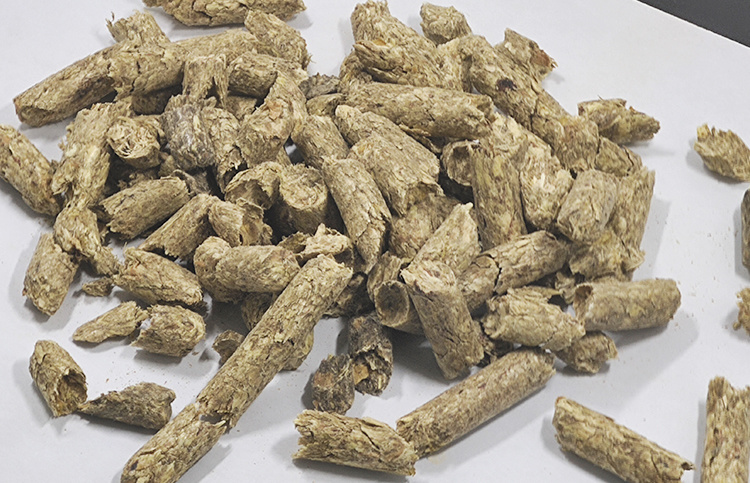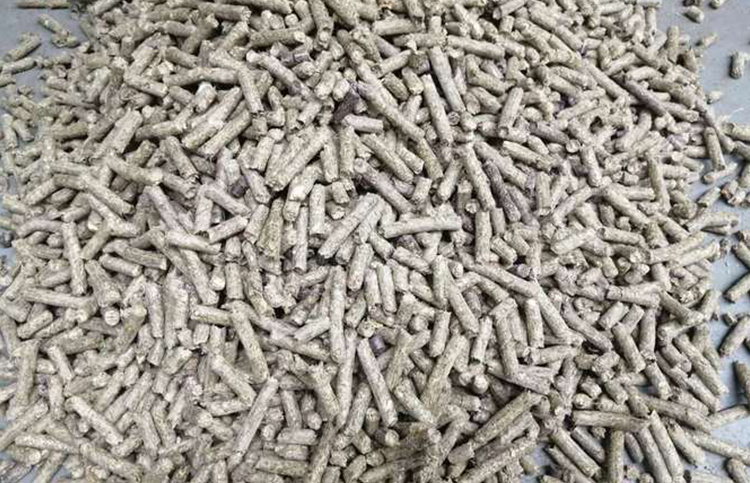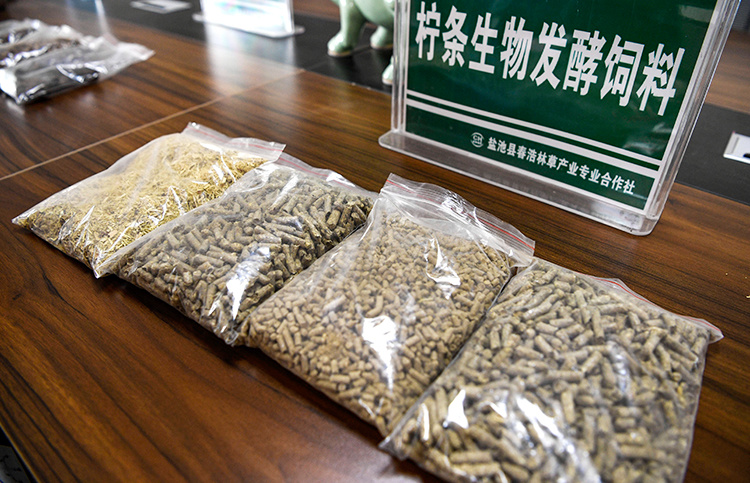Product Details
Caragana Grains
Caragana is a plant that grows in harsh environments such as sand dunes, hillsides, and dry slopes. Caragana is rich in a variety of nutrients such as high protein and crude fat. After a series of processing, it is transformed into caragana granules, to make a feed with good palatability and mellow taste. Suitable for adding to pig feed, poultry feed, ruminant feed and aquatic feed.
Key words:
Caragana Grains
Classification:
Detailed Description
Caragana is a plant that grows in harsh environments such as sand dunes, hillsides, and dry slopes. Caragana is rich in a variety of nutrients such as high protein and crude fat. After a series of processing, it is transformed into caragana granules, to make a feed with good palatability and mellow taste. Suitable for adding to pig feed, poultry feed, ruminant feed and aquatic feed.
Caragana pellets are a common additive in the feed industry, mainly used for the many nutrients and functions they provide:
Protein sources: Caragana pellets contain a high percentage of protein, usually between 15% and 25%, and are one of the important sources of protein in animal feed.
Minerals and vitamins: Caragana granules are rich in minerals and vitamins, such as calcium, phosphorus, iron, vitamin A, vitamin B complex, etc., which can provide a variety of nutrients needed for animal growth.
Dietary fiber: Caragana granules contain a certain amount of dietary fiber, which helps to promote the digestion of animals.
Economic benefits: As a by-product, the price of caragana granules is usually relatively low, which can effectively reduce the cost of feed production.
Package: Ton-pack, can be sold as smaller pack according to customers' need
Shelf life: 1 Year
Quality Standard
| Items | Guaranteed Value of Analysis |
| Crude Protein,% | ≥9 |
| Moisture, % | ≤12 |
| Crude Ashes, % | ≤8 |
| Crude Fiber, % | ≥10 |
Results of Chemical Analysis
| Items | As Sampled Basis | Dry Matter Basis |
| Moisture/% | 6.70 | \ |
| Dry Matter/% | 93.30 | |
| Crude Protein/% | 11.38 | 12.20 |
| ADICP/% | 1.12 | 1.20 |
| Available Protein/% | 10.26 | 11.00 |
| SP inCP/% | \ | 41 |
| RUP inCP/% | 22 | |
| NDICP/% | 1.40 | 1.50 |
| ADF/% | 42.08 | 45.10 |
| NDF/% | 51.12 | 54.79 |
| Lingnin/% | 8.12 | 8.70 |
| NFC/% | 19.95 | 21.38 |
| Starch/% | 1.59 | 1.70 |
| WSC/% | 1.87 | 2.00 |
| ESC/% | 0.19 | 0.20 |
| Fat/% | 6.34 | 6.80 |
| Ash/% | 4.51 | 4.83 |
| TDN/% | 59 | 63 |
| NEL,Mcal/Kg | 1.28 | 1.37 |
| NEM,Mcal/Kg | 1.31 | 1.40 |
| NEG,Mcal/Kg | 0.76 | 0.81 |
| RFV | \ | 91 |
| Calcium/% | 1.61 | 1.73 |
| Phosphorus/% | 0.03 | 0.03 |
| Magnesium/% | 0.09 | 0.10 |
| Potassium/% | 0.79 | 0.85 |
| Sulfur/% | 0.09 | 0.10 |
| Chloride/% | 0.31 | 0.33 |
| uNDFom30/% | \ | 43.8
|
| uNDFom120/% | 32.8
| |
| uNDFom240/% | 27.1 | |
| The proportion of ash-free neutral detergent fibers in the total ash-free neutral detergent fibers that could be digested at 30 hours | 19.8 | |
| The proportion of ash-free neutral detergent fibers in the total ash-free neutral detergent fibers that could be digested at120 hours | 39.9 | |
| The proportion of ash-free neutral detergent fibers in the total ash-free neutral detergent fibers that could be digested at240 hours | 50.4
| |
| Met/% | 0.11 | 0.12 |
| Lys/% | 0.55 | 0.59 |
| Oleic Acid/% | 0.30 | 0.32 |
| Linoleic Acid/% | 0.40 | 0.43 |
| Linolenic Acid/% | 0.16 | 0.17 |
| RUFAL/% | 0.86 | 0.92 |
| TFA/% | 2.50 | 2.68 |
| Proportion of dry matter digestibility in vitro at 30 hours/% | \ | 51 |
| Fiber digestion rate within 30 hours/% | 1.15 | |
| RFQ48 | 48 | |
| Milkproducedweight per tonne of dry matter (kg/ton) | 1184
| |
| DE(Mcal/Kg) | 2.59 | 2.77 |
Previous Page
Next Page
Previous Page
Next Page
Related Products
Online consultation











